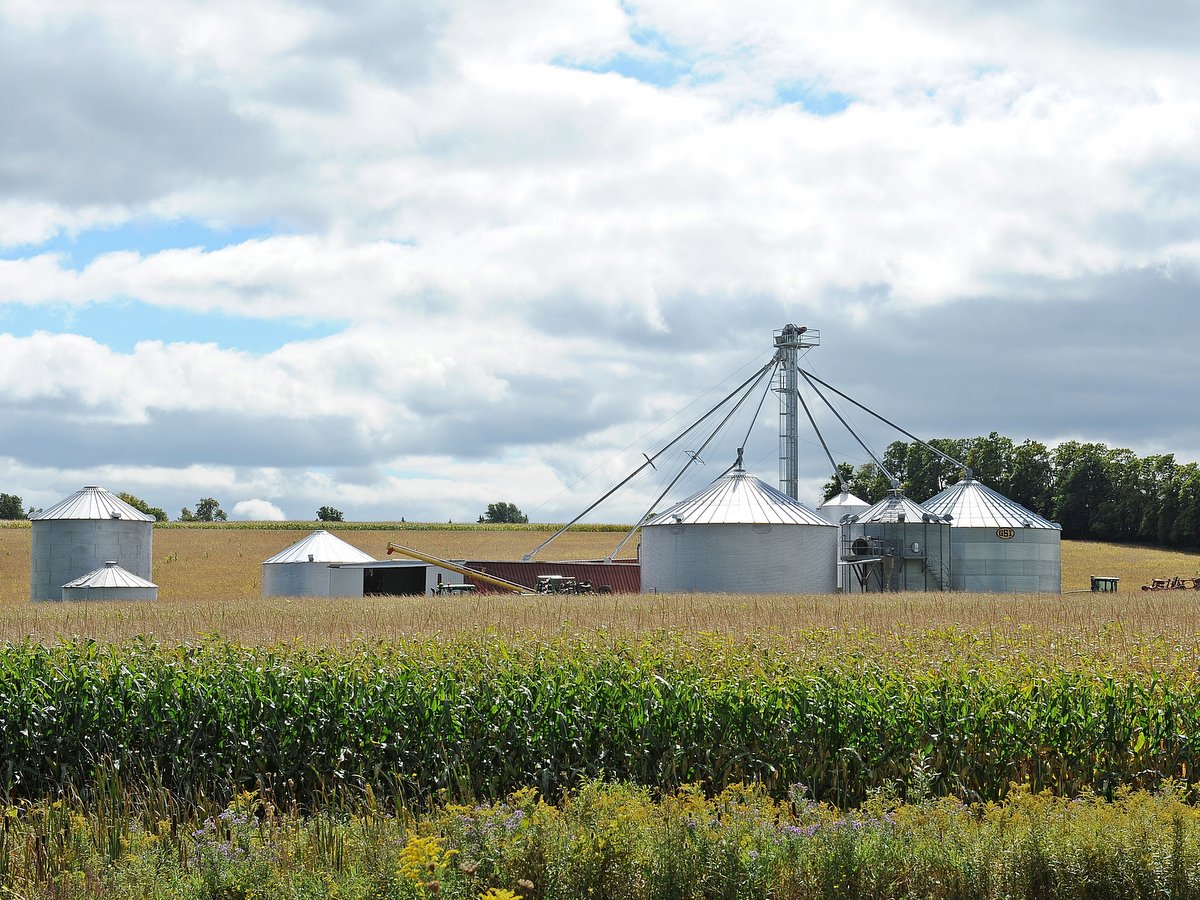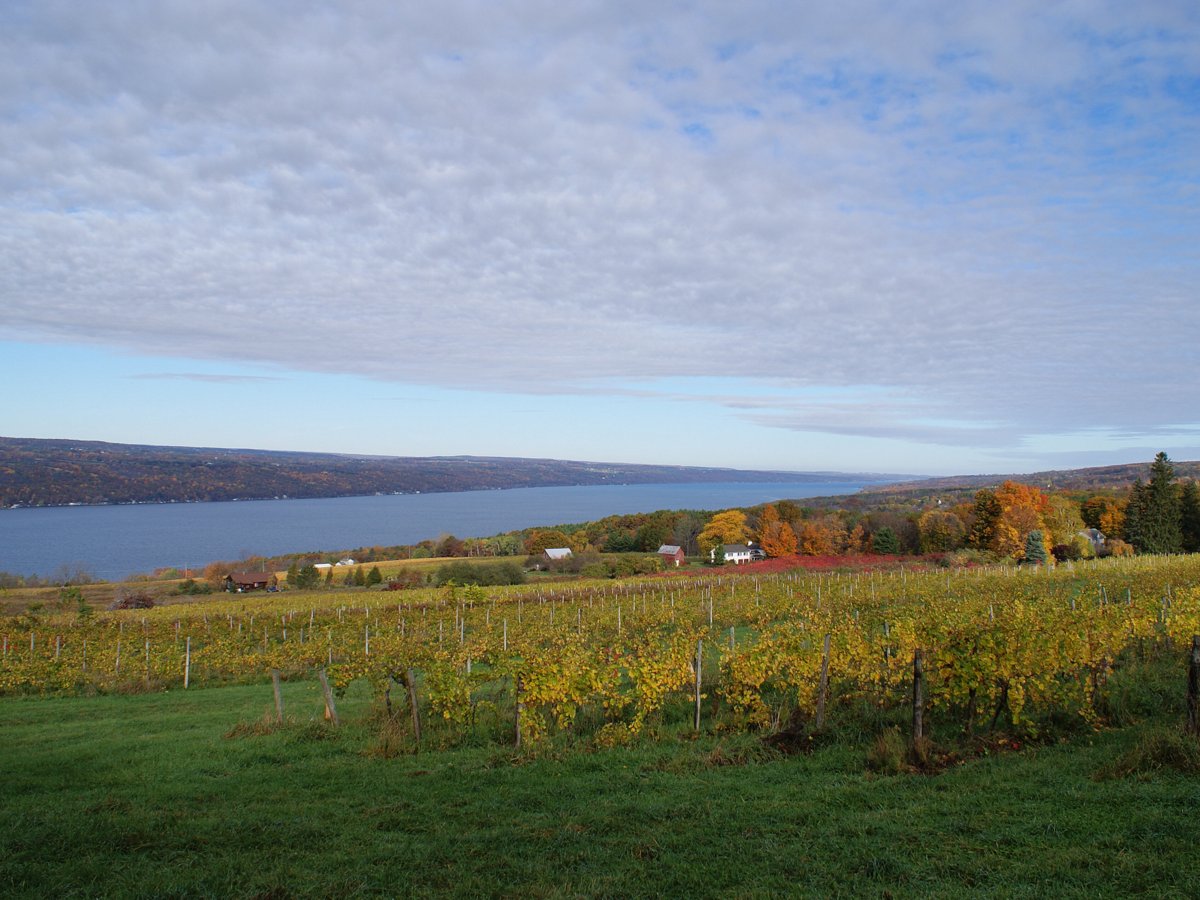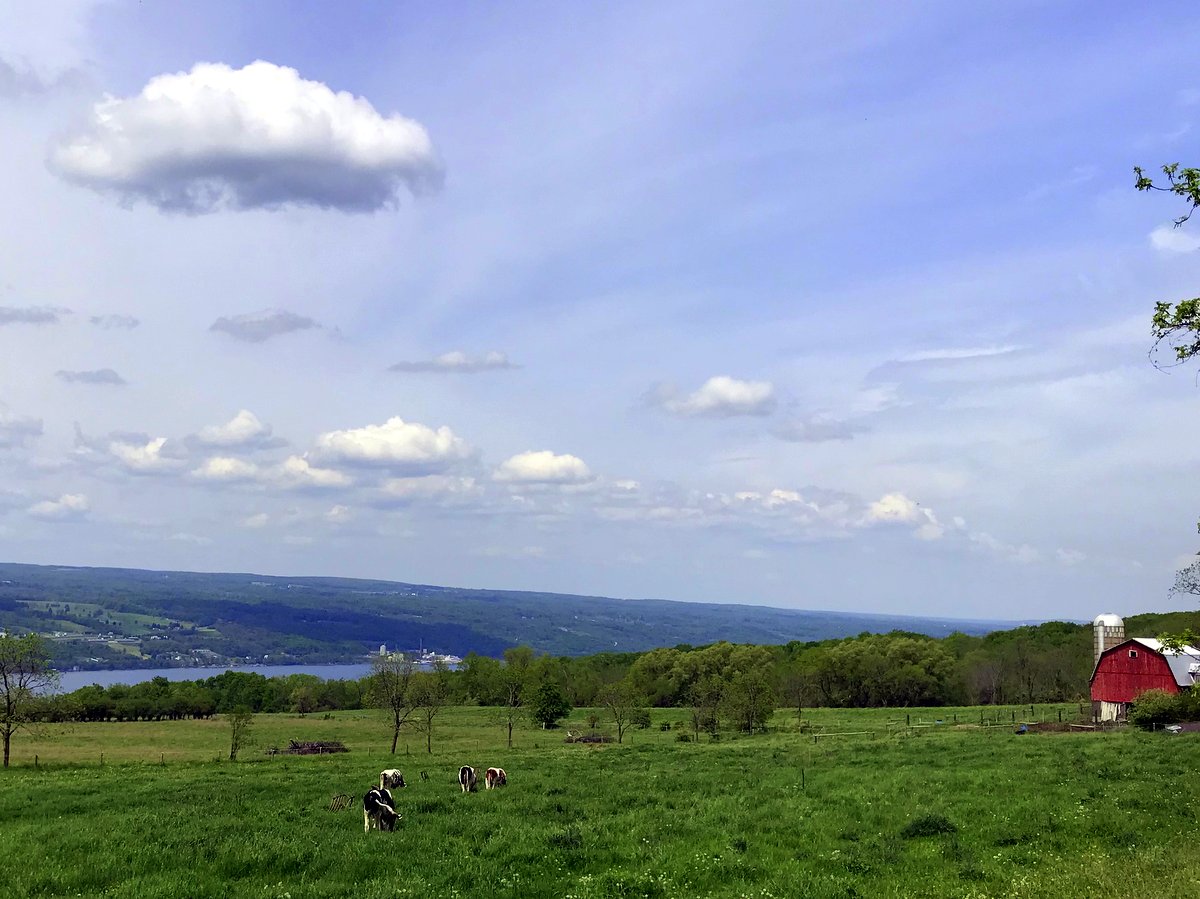According to a new report produced by American Farmland Trust, millions of acres of America’s agricultural land were lost to development or converted to uses that threaten farming between 2001 and 2016. “Farms Under Threat: The State of the State” is the first-ever state-by-state analysis of policies that counter threats to farmland and ranchland, and details actionable steps that must be taken to protect our country’s agricultural resources.
The report also shows the extent, location and quality of each state’s agricultural land and tracks how much of it has been converted. Notably, the report found that 54% of New York’s farmland is considered “Nationally Significant” for food and crop production.
“New York is home to a robust farm and food economy, with more than half of the state’s farmland among the most important in the nation,” said Erica Goodman, New York regional director for American Farmland Trust. “We are fortunate to live in a state that has invested public dollars into farmland protection. However, the need continues to outpace action. Tightening the timeline to permanently protect these acres, planning effectively to steer development away from our best farmland, and strengthening efforts to ensure these acres continue to be farmed by our next generation will be urgently important to meeting the food needs of a growing population while supporting solutions to address climate change.”
Within the Finger Lakes region, areas around Canandaigua, Ithaca, and Cortland are among the most threatened in the state according to the Farms Under Threat report. These population centers are at risk for conversion of highly productive farmland to low-density residential development. This pressure can be observed along several highways including NY State Route 332 in Canandaigua, Route 13 in Cortland, and along Route 34 in the town of Lansing, Tompkins County, where farmland is being replaced with commercial and residential expansion.
These conversions fragment farms piece-by-piece, and limit their agricultural production options. Nearly seven million-acres of farmland have converted to low-density residential development nationwide between 2001 and 2016, and these areas are 23 times more likely to then be converted to urban and highly-developed land uses, according to the report.
Loss of our region’s agricultural land base is also due, in part, to a shift away from farming among new generations of farm family members. Conversion of these lands, and the associated agribusinesses necessary to support these farms, impacts the tourism sector as well, as many people are drawn to the Finger Lakes for its rural character, wineries, and scenic views.
“The Finger Lakes should be a place where working rural landscapes are preserved and enhanced,” notes Katherine Borgella, Commissioner of the Tompkins County Department of Planning & Sustainability. “Our region’s quality of life and economy relies on the protection of this important resource. To help support agricultural land uses, particularly in areas with highest quality soils, a host of different incentives and regulatory approaches are warranted.”
In the state of New York, 78% of all farmland conversion is owed to low-density residential development. Actions taken by local farmers alongside the Finger Lakes Land Trust in partnership with New York State Department of Agriculture and Markets, Soil & Water Conservation Districts, local governments and other local partners are working to address the problem.
Today, New York funds and administers a highly popular farmland protection program that has protected more than 75,000 acres of farmland throughout the state. Farmers often use their farmland protection funds to invest in their businesses, pay off debt, or transfer their farm to the next generation. Utilizing the Farmland Protection Implementation Grants Program (FPIG), the Finger Lakes Land Trust has protected 3,627 acres of farmland through the use of conservation easements—legal agreements that limit development while the land remains in private ownership and on local tax rolls. Twelve easements funded by FPIG comprise this acreage on Finger Lakes farmland in Cortland, Ontario, Onondaga, Schuyler and Yates counties.
In May of this year, the Land Trust protected 518 acres of pastures, woodlands, and crop fields at Barber Farm, a dairy and beef cattle operation located in Schuyler County, where loss of farmland is of great concern. In the summer of 2019, the Land Trust protected 628 acres of pastures, crop fields, and woodland at Birdsall Farm, a beef cattle operation located in both Cortland and Onondaga counties. The permanent loss of viable agricultural land to urban and suburban development is a primary concern in Onondaga County. Since 1970 it is estimated that 25% of the county’s active farmland has gone out of production, according to the Onondaga County Agricultural and Farmland Protection Plan.
Also in 2019, the Land Trust completed a conservation easement on Brock Acres—a 700-acre crop farm located in Canandaigua, Ontario County. One of the many at-risk farms in the region, Brock Acres is situated in an area of intense residential development pressure, given its proximity to the city of Rochester. The farm is located within one mile of Catalpa Farm, 596 acres of prime farmland also protected by the Land Trust in 2017. Both farms are located in the Town of Canandaigua’s proposed “Padelford Brook Greenway,” a farmland protection program aimed at reducing commercial and residential development pressure.
The Land Trust continues to work with the New York State Department of Agriculture and Markets’ FPIG program, and local town and county governments to advocate for Finger Lakes farmland protection measures. Forming partnerships across a broad spectrum of stakeholders has proven to be the most effective means of improving policies that shape the future of our region’s agricultural resources.
****************************************************************
American Farmland Trust is the only national organization that takes a holistic approach to agriculture, focusing on the land itself, the agricultural practices used on that land, and the farmers and ranchers who do the work. AFT launched the conservation agriculture movement and continues to raise public awareness through our No Farms No Food® message. Since our founding in 1980, AFT has helped permanently protect over 6.5 million acres of agricultural lands, advanced environmentally-sound farming practices on millions of additional acres and supported thousands of farm families.




